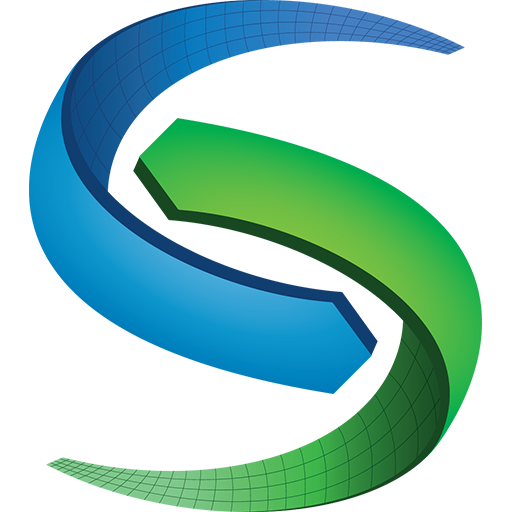SlicerSALT 5.0 Released

The SlicerSALT team is proud to announce that version 5.0 is now available for download. This release introduces new and exciting improvements. Our skeletal representation functionality now includes now tools to serialize the computation of s-reps in large datasets. This release also includes a s-rep specific tool for the computation of hypothesis testing, specially designed for the richer geometry captured by S-reps, based on the work published by our collaborators.

The Surface Learner module, for the application of Deep Learning-based Image Classifiers on surface data without any coding, is also included in this new release. The extension first transforms a 3D surface into a 2D grid through an area-preserving projection technique. These 2D images are then employed for training Deep Image Classifiers models, chosen from a selection of popular CNN-based architectures (e.g. ResNet, EfficientNet, etc). The trained model can then be used to make predictions on a new surface dataset.
This SlicerSALT release also includes a collection of tools for the visualization and analysis of 4D shapes, composed by sequences of 3D geometries. The Hierarchical Geodesic Modeling module, is designed for the computation and visualization/analysis of longitudinal shape models using geodesic based shape modeling. Once correspondence has been established within a population of shapes, this module computes (i) continuous trajectories of the shape change of individual subjects, over a common continuous variable (i.e. time), (ii) a mean trajectory of all input subjects and (iii) a hierarchical geodesic model (HGM) based on selected covariates that enable our users relate structural changes over a continuous variable and function. This module is paired with updated functionality in Shape Population Viewer, that allows the visualization of 4D geometries.

Please visit the SlicerSALT forum for a complete list of improvements and fixes.
SlicerSALT is made possible through contributions from a multidisciplinary team coming from Kitware, NYU Tandon School of Engineering and The University of North Carolina at Chapel Hill. The development of SlicerSALT is supported by the NIH National Institute of Biomedical Imaging Bioengineering R01EB021391 (Shape Analysis Toolbox for Medical Image Computing Projects).
SlicerSALT is an example of custom 3DSlicer applications that Kitware develops. Contact us at kitware@kitware.com to learn how we can help you integrate the 3DSlicer-based software into your research, processes and products.